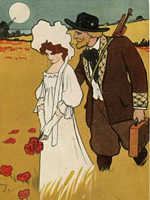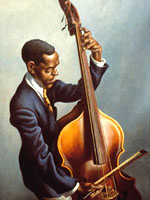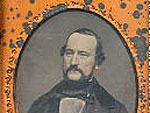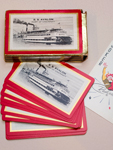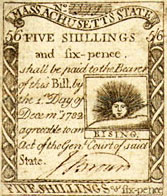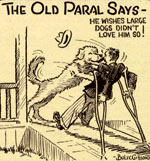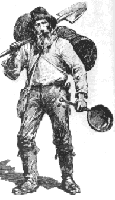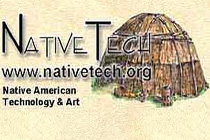Mine Safety and Health Administration
The Mine Safety and Health Administration exists to make a particularly dangerous venture, mining, as safe as possible for U.S. laborers. This goal is met through a variety of initiatives which enforce national health and safety standards.
Mining. You're probably thinking it's a bit of a niche topic. However, it would fit tidily within labor history and industrialization units, or it could be used as an example of an old trade which is still in use today. The latter scenario could provide for opportunities to compare modern and period standards of equipment, process, health, and a wide variety of other broad topics.
You've been to the website, and it's decidedly daunting—so many options, with very few relevant to teaching. That's where we come in, combing through to save you time. There are two links you may want to explore.
First, pay the MSHA Library a visit. This is where most of the site's educational materials are gathered. Perhaps the most arresting information comes in the form of the photograph archive, which contains more than 1,000 historical images related to mining. You can also look at a simple web exhibit on the worst mining disaster in U.S. history, the Monangah, West Virginia, explosions. Another section worth looking at is the general digital library, which includes video and research materials. Finally, under the Fatality Archive Database, you can find .pdf files of the collected documents pertaining to many of the known mining fatalities in the 19th century through today. You can search or browse by state or time period, among other identifying factors.
The other area worth your attention is the video clip library. The "vintage" tab brings you to a collection of clips ranging in date from 1938 to 2000.
